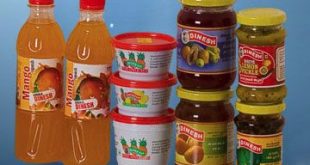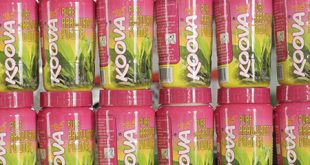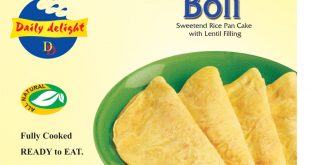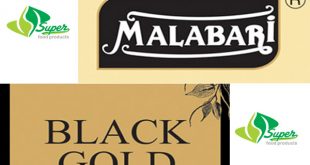For over 2000 years, Kerala has been visited by ocean-goers, including traders from Greece, Rome, the eastern Mediterranean, Arab countries, and Europe (see History of Kerala). Thus, Kerala cuisine is a blend of indigenous dishes and foreign dishes adapted to Kerala tastes.
Pre-independence Kerala was basically split into the princely states of Travancore & Kochi in the south, and Malabar district in the north; the erstwhile split is reflected in the recipes and cooking style of each area. Both Travancore and northern Malabar cuisine consists of a variety of vegetarian dishes using many vegetables and fruits that are not commonly used in curries elsewhere in India including plantains (Nenthrapazham or vazha-ppazham or ethaykka), bitter gourd (‘pavaykka’ in Travancore and ‘kayappakka’ in northern Malabar), Yam (‘chena’), Colocasia (‘chembu’), Ash gourd (Kumbalanga), etc. However, their style of preparation and names of the prepares dishes may vary. Northern Malabar has an array of vegetarian and non-vegetarian dishes such as pathiri (a sort of rice-based pancake, at times paired with a meat curry), porotta (a layered flatbread, said to come from south east Asia), and the Kerala variant of the popular biriyani, from north India/Pakistan. Travancore region boasts of a parade of dishes like appam that is largely identified with the Saint Thomas Christians (also known as Syrian Christians or Nasrani) of the region.
In addition to historical diversity, the cultural influences, particularly the large percentages of Muslims and Syrian Christians have also contributed unique dishes and styles to Kerala cuisine, especially non-vegetarian dishes. The meat eating habit of the people have been historically limited by religious taboos. Brahmins eschew non vegetarian items. However, most of modern day Hindus do not observe any dietary taboos, except a few of those belonging to upper caste.[1] Muslims do not eat pork and other items forbidden by Islamic law.
Historically, Kerala was part of the Tamil-speaking area, and Tamilian influence is seen in the popularity of sambar, idli and dosa. European influence is reflected in the numerous bakeries selling cakes, cream horns, and Western-style yeast-leavened bread, and in Anglo-Indian cuisine. The import of potatoes, tomatoes, and chili peppers from the Americas led to their enthusiastic use in Kerala, although except for the ubiquitous peppers, the other ingredients are used more sparingly.
 Keralamade.com Kerala Made Items
Keralamade.com Kerala Made Items






